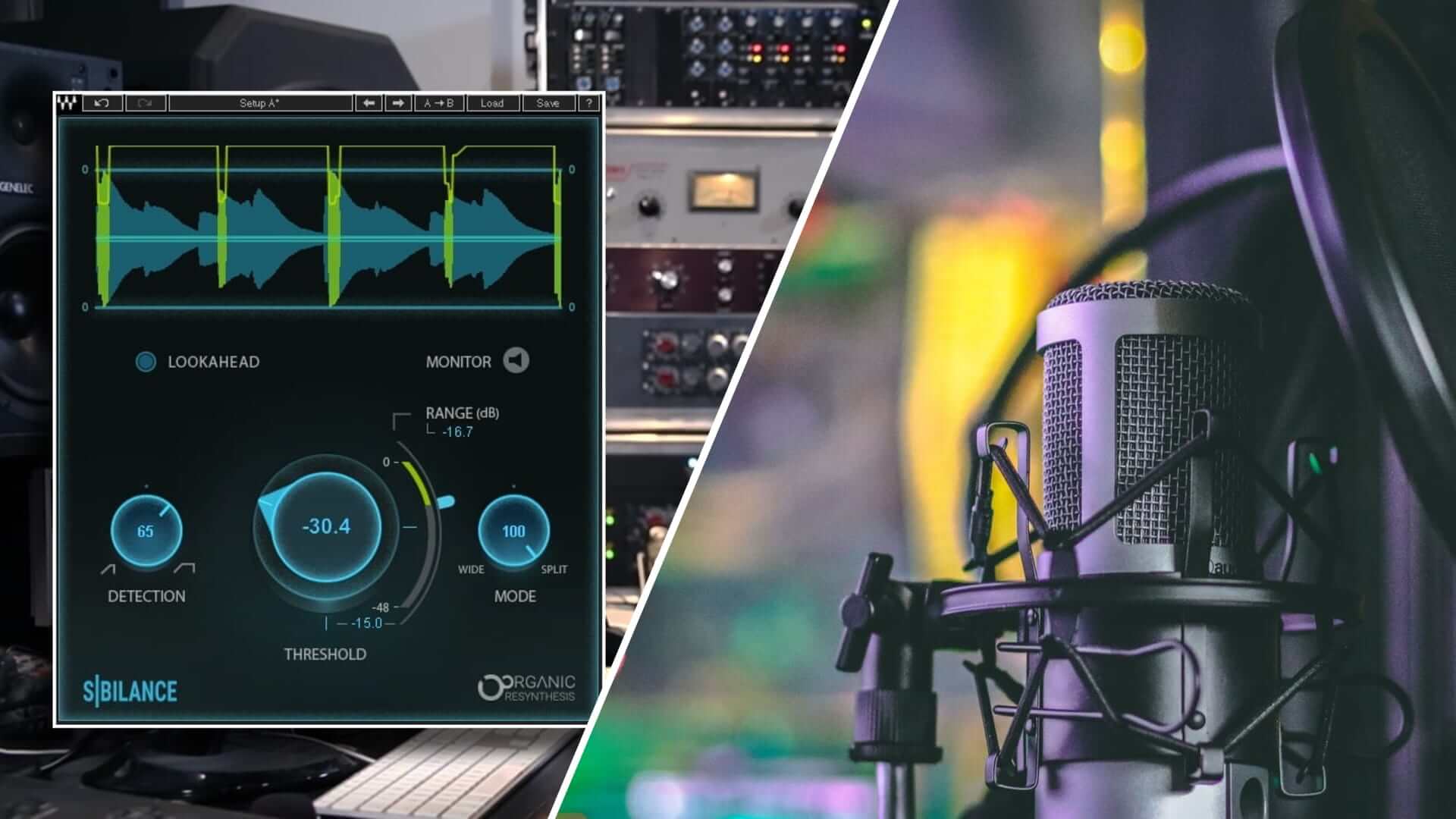Sibilance is a useful alliterative tool that writers use to evoke reactions in their readers. But what is sibilance and how is it used? We’re going to answer those questions by looking at sibilance examples from film and literature. We’ll also define sibilance by breaking down its characteristics.
Alliteration With S
First, let’s define sibilance
Sibilance is the sound of whistling winds and hissing snakes. It’s the “s” sound we hear produced in “s,” “ci,” and some “z” words – for example snake, cistern, and zip. And once you hear it, it’s almost impossible to forget.
We’re going to explore some ways this aspect of writing and language can be used effectively, but before we dive into our sibilance examples, let’s review the sibilance definition.
SIBILANCE DEFINITION
What is sibilance?
Sibilance is a hissing sound that’s created as a result of the letter "s" or other letter combinations. Sibilance is often used as an alliteration device in poetry and literature to evoke an immersive response in the reader. Although some scholars disagree whether or not some sounds qualify as sibilance, few would refute that there are many different ways it can be communicated in linguistics.
Universally Agreed Upon Sibilant Sounds:
- Preface S or Double S – Sit or Mississippi
- Ts – Tsunami
- Ci – Circumstance
Some people become so distracted by the sound of sibilance that they subconsciously tune it out. This next video looks at strategies voice over actors employ to mitigate the effect of sibilant sounds.
What is Sibilance • Tips and Tricks for V.O. Artists by Voices
Sibilance isn’t all bad though. When it’s used sparingly, it can evoke an engaging reaction in the reader/listener.
Related Posts
USE SIBILANCE IN A SENTENCE
What are sibilant sounds?
Some linguists argue that there are many more sibilant sounds than “s,” “double-s,” “ci,” and “ts” – such as “ch,” “sh,” “f,” soft “th,” “z,” and” v.” Their argument is that sibilance is simply a hiss sound; so any combination of letters that produce a hiss sound is sibilant.
Of course, these examples only apply to the English language. For example: in Italian, “ci” makes a “chee” sound which would not be regarded as sibilant. And remember: repetition is key.
Sibilance is an alliterative technique – so as to say it has to be recurring. Perhaps the most famous example can be found in William Shakespeare’s play Hamlet. Here, Bernardo invites Francisco (and arguably the audience) to listen to his story.
“Sit down a while
And let us once again assail your ears,
That are so fortified against our story,
What we have two nights seen.”
In this excerpt, the repeated use of “s” and “ce” sounds are sibilant. There are many more ways to use this technique though.
Let’s explore some more creative examples!
Related Posts
SIBILANCE MEANING & EXAMPLES
Sibilance examples in Harry Potter
The most common type of sibilance is the pure “S” sound. We see (and hear) this sound in poetry, literature, and film all the time. The wizarding world of Harry Potter has a whole language dedicated to sibilant sounds: parseltongue.
Check out this video to hear Harry speak to snakes.
Sibilance definition and examples in Harry Potter
The use of sibilant sounds is meant to mesmerize or lull the observer. In many ways, one could say sibilance is a sort of linguistic spell. For more on the different ways this aspect of language and writing can be used, check out this next video from Gabriella Tavini.
Sibilance Literary Techniques by Gabriella Tavini
So, is sibilance more than sally-sells-seashells tongue-twisters and parsel tongue? Many linguists would say it is. By knowing the difference between sibilance, pure repetition, consonance (the repetition of consonant sounds), and assonance (the repetition of vowel sounds), we can control language in our writing.
Related Posts
UP NEXT
What is Alliteration?
Sibilance is just one of many alliterative techniques. But what is alliteration? In this next article, we break down alliteration with examples from comic books, movies, and consumer brands. Let's see why writers love to use alliteration.
